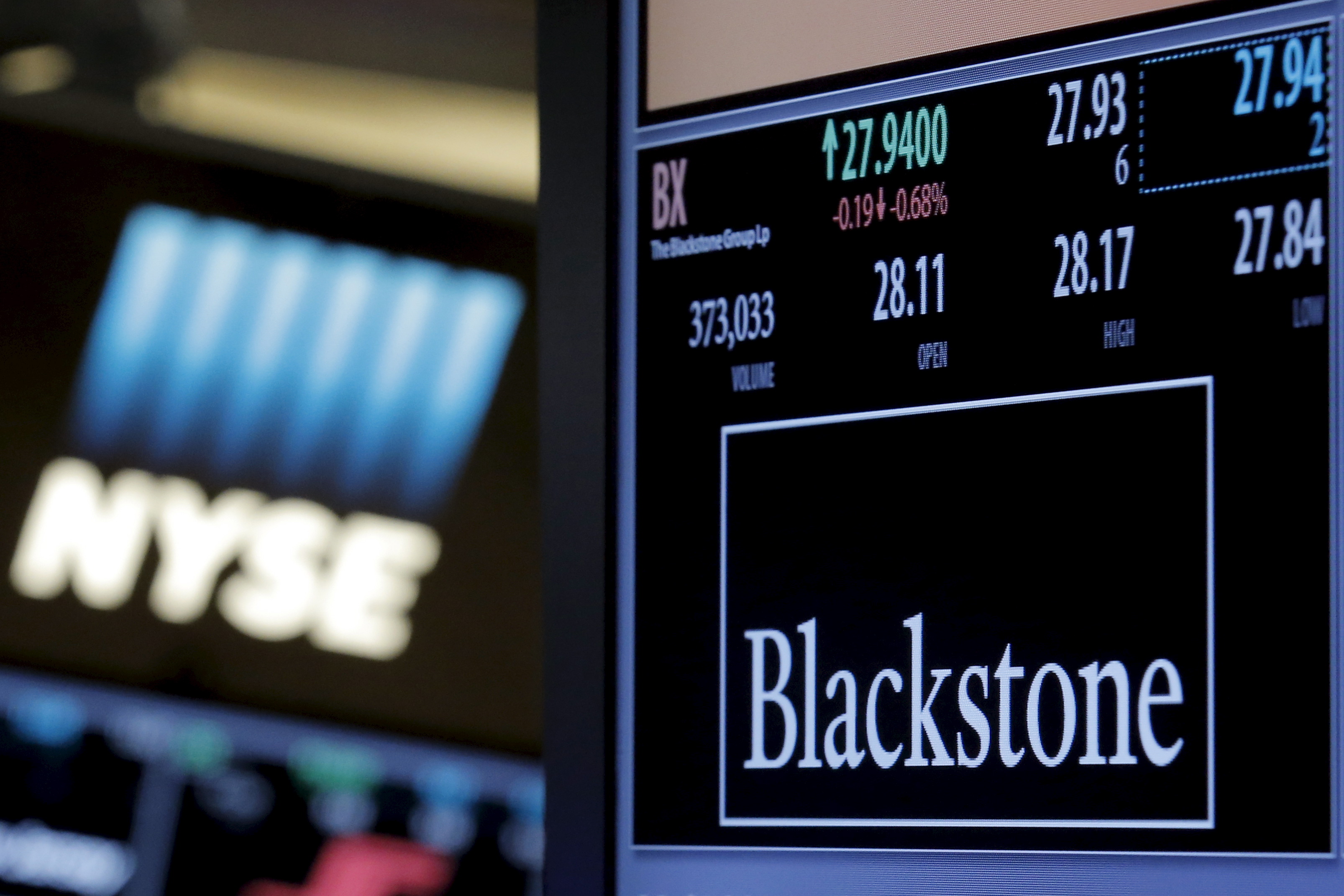BY JOHN FOLEY
Disappointment is coming for the clients of private equity firms. Companies which use debt and management wiles to take businesses private typically target an annual yield — the so-called internal rate of return — of at least 15 percent. It’s hard to see recent deals matching that. Instead of 15, investors should steel themselves for more like five.
For one, purchase prices are looking expensive. Deals struck in 2018 were at a median valuation of 13 times EBITDA, according to Refinitiv, compared with an average of 10 between 2010 and 2016. They’re getting bigger too. Blackstone’s purchase of a majority stake in the financial data business of Thomson Reuters — the parent company of Breakingviews — was the largest leveraged buyout since the financial crisis, worth $20 billion.
With generous debt, reasonable growth and a buoyant market in which to exit investments, that should be just fine. In a sign of what might be confidence, many buyout firms even include future cost-cuts in their measure of current profit when borrowing money from the debt market. The trouble is, it’s not likely the benign conditions will all hold for much longer.
Imagine a company taken private at 13 times its EBITDA of $1 billion, juiced up with $6.5 billion of debt, and held for five years. If its EBITDA grows at 6 percent a year, it will amass a total of $6 billion. Say a fifth of that goes to capital expenditure, in line with industrial norms according to CSIMarket, and just over one-third is eaten up by interest payments, leaving $2 billion after tax to pay down debt. If the private equity firm can sell the company at the same 13 times EBITDA, the fund would make a return of 15 percent a year, according to a Breakingviews calculator. That just about cuts the mustard.
What if things aren’t so buoyant? If valuations fall back to their historical average of 10 times EBITDA during that five years, and the growth in the company’s profit falls just slightly to 5 percent a year — which is hardly conservative — the annualized yield drops sharply, to 5 percent. Moreover, investors would still have to pay fees, cutting their returns further. An extra sting in an already unhappy tale.
First published Dec. 19, 2018.
